The Molded Fiber Packaging Market is currently characterized by a dynamic competitive landscape, driven by increasing consumer demand for sustainable packaging solutions and the growing emphasis on environmental responsibility. Key players such as Molded Fiber Technologies (US), Huhtamaki (FI), and Sonoco Products Company (US) are strategically positioning themselves through innovation and regional expansion. These companies are not only enhancing their product offerings but are also focusing on optimizing their supply chains to meet the rising demand for eco-friendly packaging. The collective strategies of these firms contribute to a moderately fragmented market structure, where competition is intensifying as companies seek to differentiate themselves through sustainability and technological advancements.
In recent months, several companies have adopted key business tactics to enhance their operational efficiency. For instance, localizing manufacturing has emerged as a crucial strategy to reduce lead times and transportation costs, thereby improving supply chain resilience. The competitive structure of the market remains moderately fragmented, with a mix of established players and emerging companies vying for market share. This fragmentation allows for diverse offerings, yet it also compels companies to innovate continuously to maintain their competitive edge.
In November 2025, Huhtamaki (FI) announced the launch of a new line of biodegradable molded fiber products aimed at the food service industry. This strategic move underscores Huhtamaki's commitment to sustainability and positions the company to capture a growing segment of environmentally conscious consumers. By expanding its product range, Huhtamaki not only enhances its market presence but also aligns with global trends favoring sustainable packaging solutions.
In October 2025, Sonoco Products Company (US) completed the acquisition of a regional molded fiber manufacturer, which is expected to bolster its production capabilities and expand its customer base. This acquisition reflects Sonoco's strategy to enhance its operational footprint and leverage synergies in production and distribution. Such strategic actions are likely to strengthen Sonoco's competitive position in the molded fiber packaging sector, allowing it to respond more effectively to market demands.
In September 2025, Molded Fiber Technologies (US) entered into a partnership with a leading e-commerce platform to provide customized molded fiber packaging solutions. This collaboration aims to address the specific needs of online retailers seeking sustainable packaging options. By aligning with e-commerce trends, Molded Fiber Technologies is poised to tap into a lucrative market segment, thereby enhancing its growth prospects.
As of December 2025, the Molded Fiber Packaging Market is witnessing significant trends such as digitalization, sustainability, and the integration of AI technologies. These trends are reshaping the competitive landscape, with companies increasingly forming strategic alliances to enhance their capabilities and market reach. The shift from price-based competition to a focus on innovation, technology, and supply chain reliability is becoming evident. Moving forward, competitive differentiation will likely hinge on the ability to innovate and adapt to evolving consumer preferences, particularly in the realm of sustainable packaging solutions.
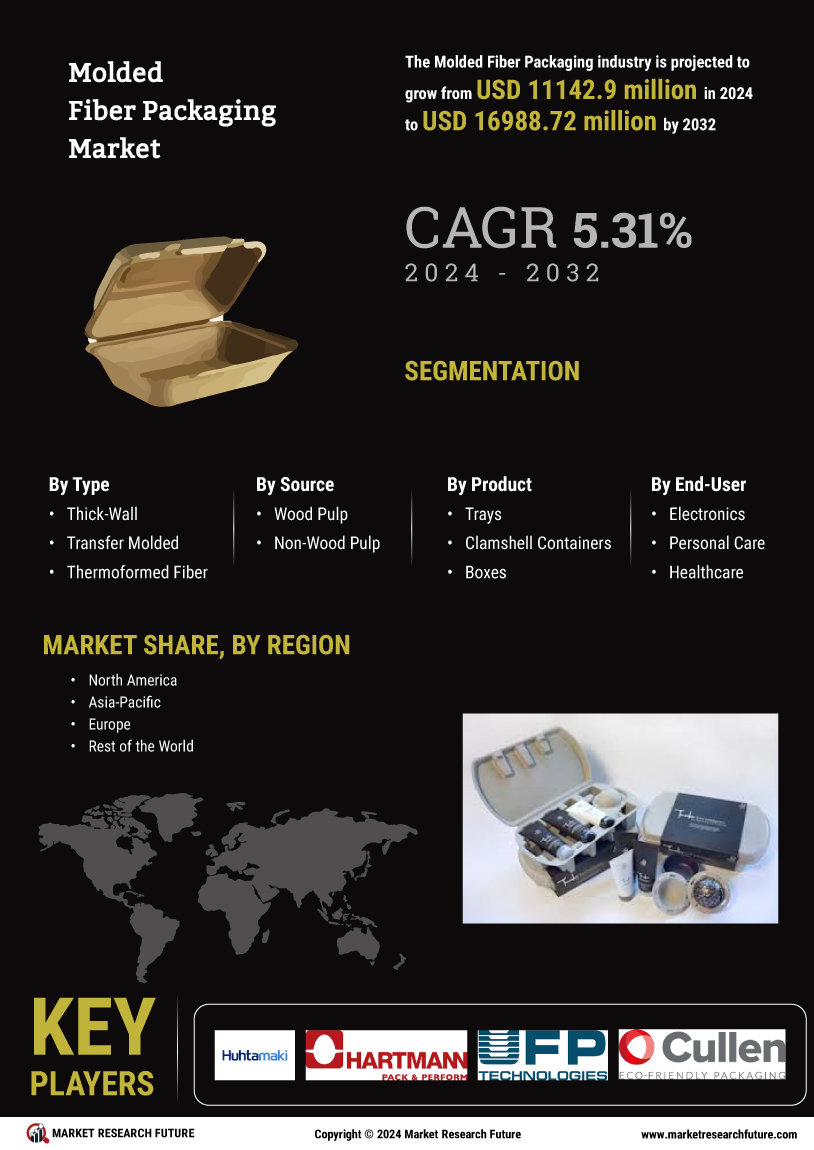

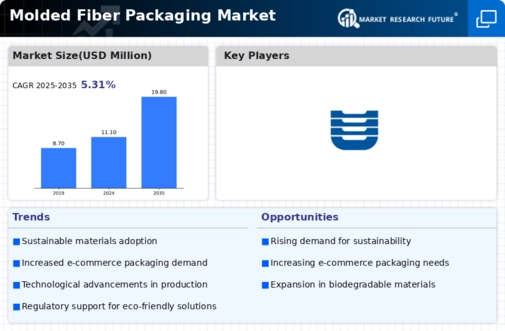

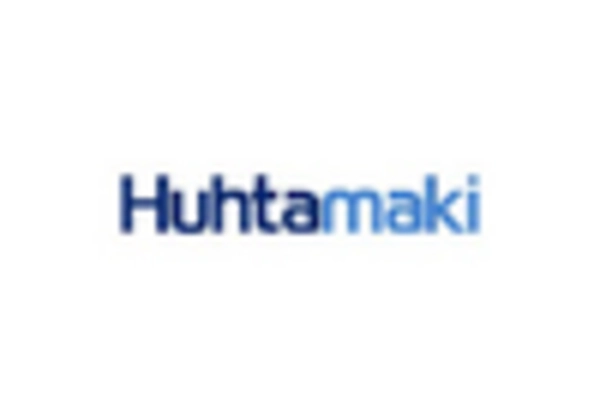
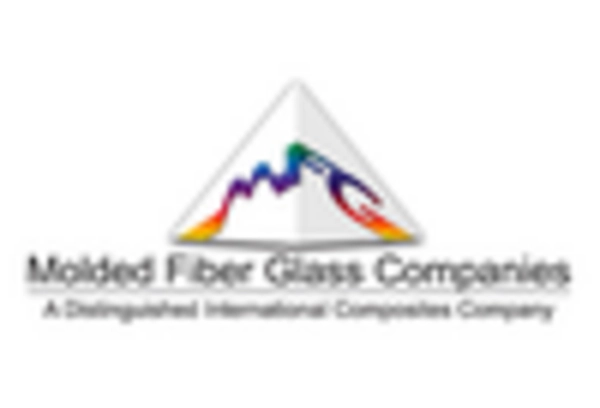
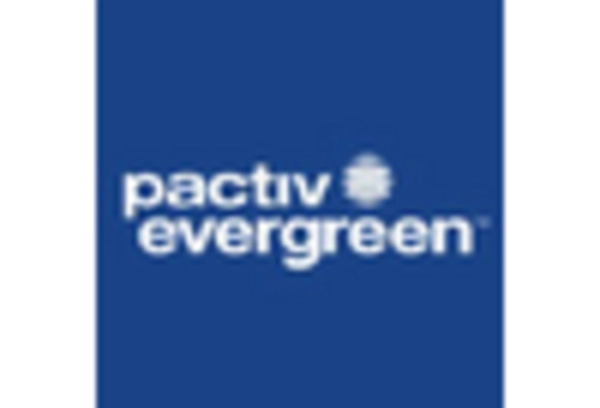
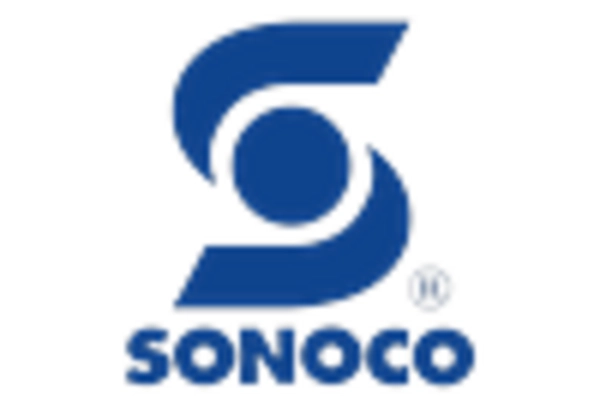
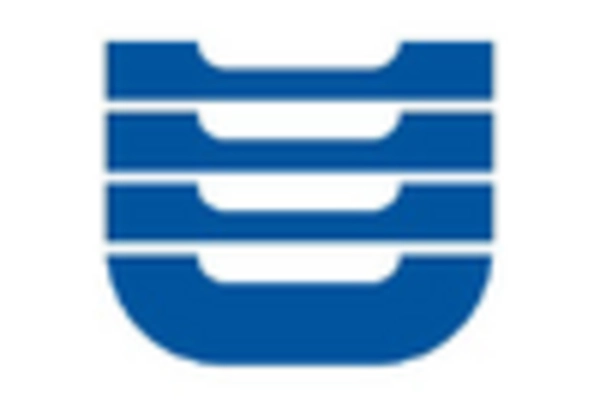








Leave a Comment